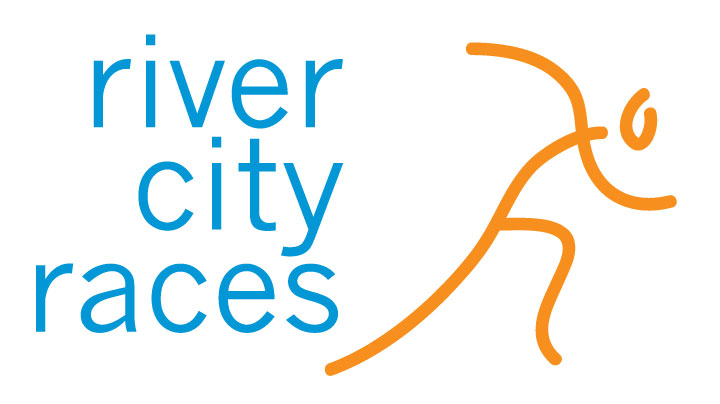Favorite distance:
My favorite distance is the Half Marathon Distance. I have run every distance from 5k to marathon, but I love the half marathon distance the most. Especially after my back surgery in 2014. After that, the half marathon distance was a distance I felt was challenging enough to to still allow me to feel like a distance runner without causing me any major issues with my back. It also allowed me to still have time to enjoy life and other activities as well. It keeps my life balanced in a sense.
Do you have any running/walking advice you'd like to offer?:
As a running coach, there are so many pieces of advice I try to offer, mostly because I don’t want people, especially new runners, to have to learn things the hard way like I did when I first started out.
In this instance, I think one of the best pieces I can offer today, especially to new runners, is to keep showing up. Even when it feels too hard or impossible, just keep showing up. Keep showing up to your group runs, solo runs and races (both virtual and in person), and most importantly for yourself. The more you show up in life, not just in running, the more you will accomplish greatness in all you do. Running is hard, but we are stronger than our biggest hurdles in life as long as we just keep showing up.
And for new runners and experienced runners I think it’s important to remember to give back to the running community in some way. Don’t just register for races, but also volunteer and work an aid station, help clean up, and support your fellow runners. Or if there’s not a local running group where you live, start one. Bring people together and create a community of people working to live better, healthier lives and spread positivity.
Volunteering at a race is also a great way to check out a new distance from afar. If there’s a distance you are thinking about trying out, but aren’t sure about it, volunteering at a race offering that distance will give you a peek at what it’s like to actually run it.
Finally, for all those beginning runners/walkers out there, one very practical piece of advice I like to give is to get fitted for the right running shoes! Go to a local running store (not a big box sporting goods store or department store) and have your gait analyzed and get fitted for the right shoes for your feet and your gait. Running starts from the feet up and having the right shoes will help prevent injury and long term issues. The right shoes can also improve your form and pace as well. In general, the right shoes make you a much better and stronger runner!
Why do you like running River City Races events?:
I love River City Races because they are local, family friendly races that bring the Louisville Running Community together. The atmosphere at their events is fun and festive and laid back and inclusive. Everyone one is welcome including walkers and their swag is always the best!
Anything else you'd like to share?:
Running is the thing that changed my life almost 20 years ago. I’ve gone away from it at times but have always come back to it and it made me the athlete I never was when I was growing up. I found it in my mid twenties and it has always been a constant in my life even during my times away from it.
I’ve struggled with many things in my life including obesity (yes I was still a runner even at my heaviest weight), degenerative disc disease and chronic pain, and major back surgery, but in 2017 I finally decided to change the way I look at life and how I lived. I changed how I ate, got back to running regularly and lost 70 pounds. I worked on my mindset about my pain, and re-evaluated everything about my life. And now I have taken everything I have learned and used it to become a certified holistic health coach and running coach (I am also a Registered Nurse) and I work with people like me who have struggled with weight gain and chronic pain conditions.
I started my own company earlier this year called The Joyful Running Company (joyfulrunning.com) to combine both my health coaching and running coaching services and to become a Race Director myself (I am currently hosting my first charity virtual race series called the Find Your Joy Race Series), with the hope of directing in person races once quarantine is over. It is my goal to spread the joy of running and living a healthy lifestyle to as many people as I can and to give back to my community any way I can. We only get one go at this life, so I plan to make mine count.
Thank you River City Races for nominating me for the Runner Spotlight and for all you do for the running community. You helped me so many years ago when I first started and it’s my goal to do the same for others as well! Thank you for being a staple in our running community over the years and for all the wonderful memories. They will never be forgotten! Now let’s go for a run!
-Coach Tina
tina@joyfulrunning.com
website: joyfulrunning.com





